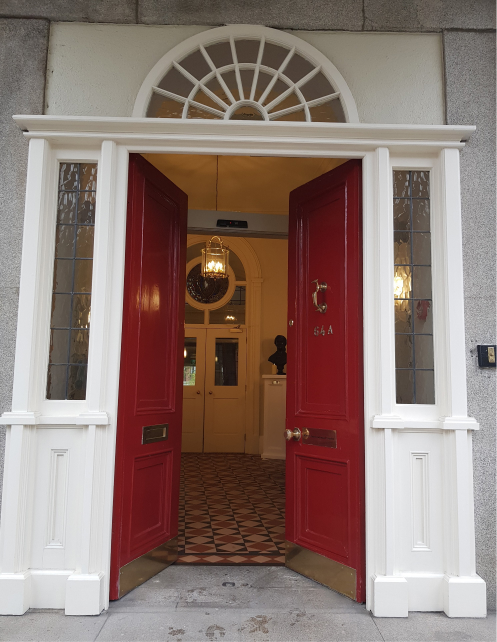To Harbour the Harbourless
)
Behind the scene ...
For many people during the 1830s there was a fine line between having accommodation and homelessness. The 1836 Poor Law Inquiry, referring to information gathered on housing in Dublin, reported that “many houses once held by ‘respectable people’ are now in a wretched condition, being let in rooms; at least three fourths may now be called ‘poor’. Density was very high, with an average two or three families in each room, a family generally being composed of four or five individuals. The lodging houses, the lowest class of dwelling excepting only the street itself, had generally no bedding, but a handful of straw and the clothes worn by day; very badly ventilated and mostly in wretched repair, with the sewers ill-supplied and in a most dreadful state for want of cleanliness.” (Prunty, 1998, pp. 284-285)
For destitute women with no permanent accommodation, prostitution became one of the few viable means of making a livelihood, outside of domestic service. Luddy’s study (1990, pp. 51-84), cited in Prunty (1998, p. 264), reveals “the vast majority of ‘common prostitutes’ to be typically poor, illiterate, between twenty and thirty years of age and with a previous police record.”
References
Prunty, J. (1998) Dublin Slums 1800-1925: A Study in Urban Geography Dublin: Irish Academic Press.


)
)
)